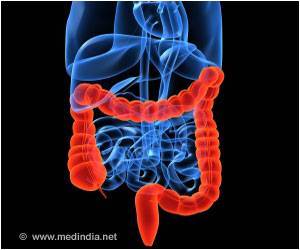Patients can face risk of a highly lethal acute lung injury due to bacterial infection which can throw off the equilibrium between two key proteins in the lungs, a new study found

The study in The Journal of Biological Chemistry also proposes a biological shield that appears to protect RhoA from the potentially lethal alteration.
"Activation of RhoA appears to be an early, early event and it's a pathologic activation," Black said. "The cell can't regulate it anymore. It just stays on," he said, comparing the aberrant activity level to a rapid-fire gun with no pause for reload.
Causes of acute lung injury include common bacterial infections that cause maladies such as pneumonia; severe trauma that induces shock; multiple transfusions; burns; and meconium aspiration, when newborns inhale waste products. Mechanical ventilation used to support ailing lungs can also cause or compound the problem that occurs in about 150,000 Americans annually, killing about one-third, and leaving many with damaged lungs.
While overactive RhoA was believed to be a culprit, just how it contributed was unknown. Researchers also knew that nitration – adding a nitro group to a protein to change its function – occurs at high rates in acute lung injury and normalizes when the stimulus, such as a bacterium, is removed.
Using human lung cells and mass spectrometry, they found the amino acid Y34 was altered in this condition. Then, using 3-D computer modeling, they mapped out exactly how that alteration affects RhoA function. They found it turns RhoA into a steady-firing protein.
Advertisement
Nitration occurs, in this case, when peroxynitrite is added to a protein, a move previously believed lethal to the protein. However, MCG researchers found nitration can also activate RhoA.
Advertisement
Y34 is one of about 200 amino acids in RhoA. "We are looking at one amino acid in one protein in an extraordinarily complex disease and it makes it better," said Black.
To ensure tight regulation of the consistency of blood vessel walls, Rac1 and RhoA normally have the opposing functions of pulling together and pushing apart the endothelial cells that line them. "The balance of those determines whether you are going to be tight or leaky," Black said. "If you can clear the stimulus, you can theoretically make the cells knit back together again."
Still unclear is how long RhoA can sustain its bacteria-modified super-pace and whether non-bacterial causes of acute lung injury prompt the exact RhoA alteration.
The researchers performed simultaneous studies in an animal model. The research was funded by a National Institutes of Health Program Project grant.
Source-Eurekalert













